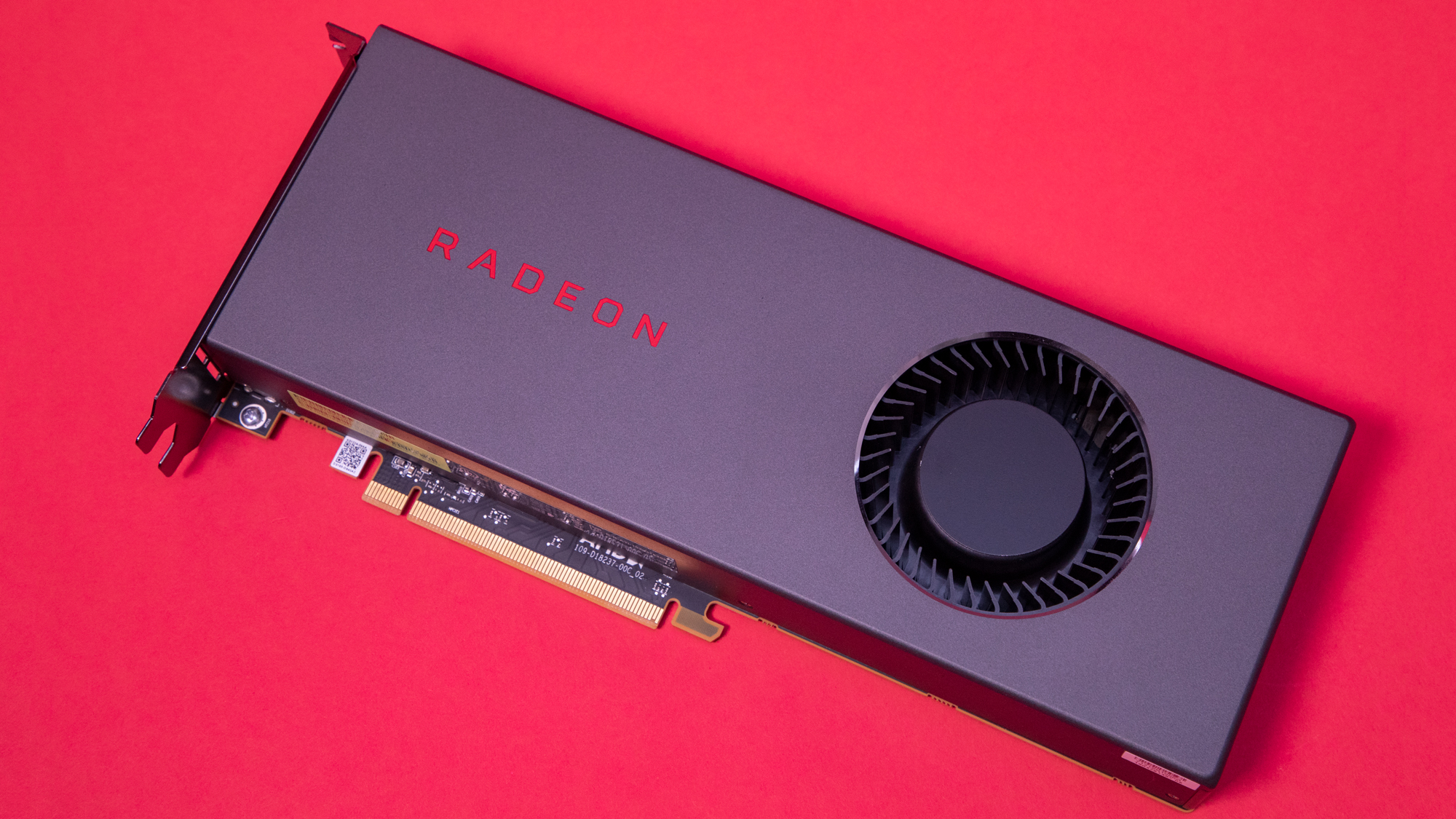AMD promises a Navi GPU for everyone, from budget efforts to an Nvidia RTX killer
Whitepaper on RDNA contains some interesting bits and pieces

AMD believes that its new graphics technology built on RDNA architecture will touch every part of the gaming industry, from mobiles through consoles to cloud streaming – and it will power a full range of Radeon graphics cards from budget to high-performance GPUs.
This is AMD’s closing statement in its RDNA whitepaper, boasting that the architecture is capable of scaling across a variety of gaming platforms, with the initial Navi (RX 5700) graphics cards being just the first step.
- How good is Nvidia's Turing range of GPUs?
- What’s the best GPU for you: Radeon RX 5700 vs RX 5700 XT
- Here are all the best graphics cards of 2019
There are no real fresh revelations in this paper, but there are definitely some interesting observations and statements. And one of those, as spotted by PC GamesN, is AMD’s assertion that: “The RDNA family will ultimately grow to include power-constrained smartphone and tablet processors, gaming consoles, cloud gaming services, and a full spectrum of gaming GPUs from low-cost to the highest performance, bringing the benefits of the RDNA architecture to millions of devices and people across the planet.”
The latter part of the statement underlines the expectation that AMD will have Navi graphics cards to cover every base, from wallet-friendly GPUs through to products which compete with Nvidia’s top-end GeForce RTX offerings.
RX > RTX?
As you may be aware, recent chatter from the GPU grapevine includes rumors that AMD will be offering lower-end RX 5600 graphics cards (and maybe RX 5500, too), with these possibly not too far away from launch.
And at the other end of the scale, AMD’s CEO has already confirmed high-end Navi GPUs are coming on schedule, although exactly what that release timeframe might be, we don’t know.
The most recent piece of speculation contends that Navi 23 – a video card referred to as the ‘Nvidia killer’, aiming to take on the GeForce RTX 2080 Ti – will be out in the middle of 2020. This will likely be based on RDNA 2.0 architecture, the next step on from the initial incarnation of the tech which the current RX 5700 models are built with.
Get daily insight, inspiration and deals in your inbox
Sign up for breaking news, reviews, opinion, top tech deals, and more.
So seemingly the pieces of the puzzle are gradually falling into place, and AMD’s assertion that it will offer gaming graphics cards from “low-cost to the highest performance” backs all this up. Perhaps we can expect budget models in the nearer future, followed by the big gun(s) emerging midsummer 2020 (maybe around the same time Intel debuts its first Xe graphics card – that would certainly be interesting).
Whatever the plan on the PC front, we can expect AMD to make its graphics presence felt in next-gen consoles, cloud gaming projects like Google Stadia, and in smartphones, with Radeon RDNA technology to be incorporated in Samsung’s handsets possibly by 2021.
- Check out all the best gaming PCs of 2019
Darren is a freelancer writing news and features for TechRadar (and occasionally T3) across a broad range of computing topics including CPUs, GPUs, various other hardware, VPNs, antivirus and more. He has written about tech for the best part of three decades, and writes books in his spare time (his debut novel - 'I Know What You Did Last Supper' - was published by Hachette UK in 2013).